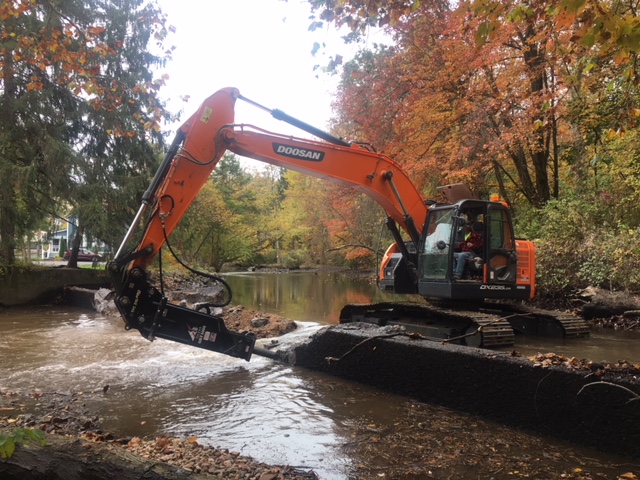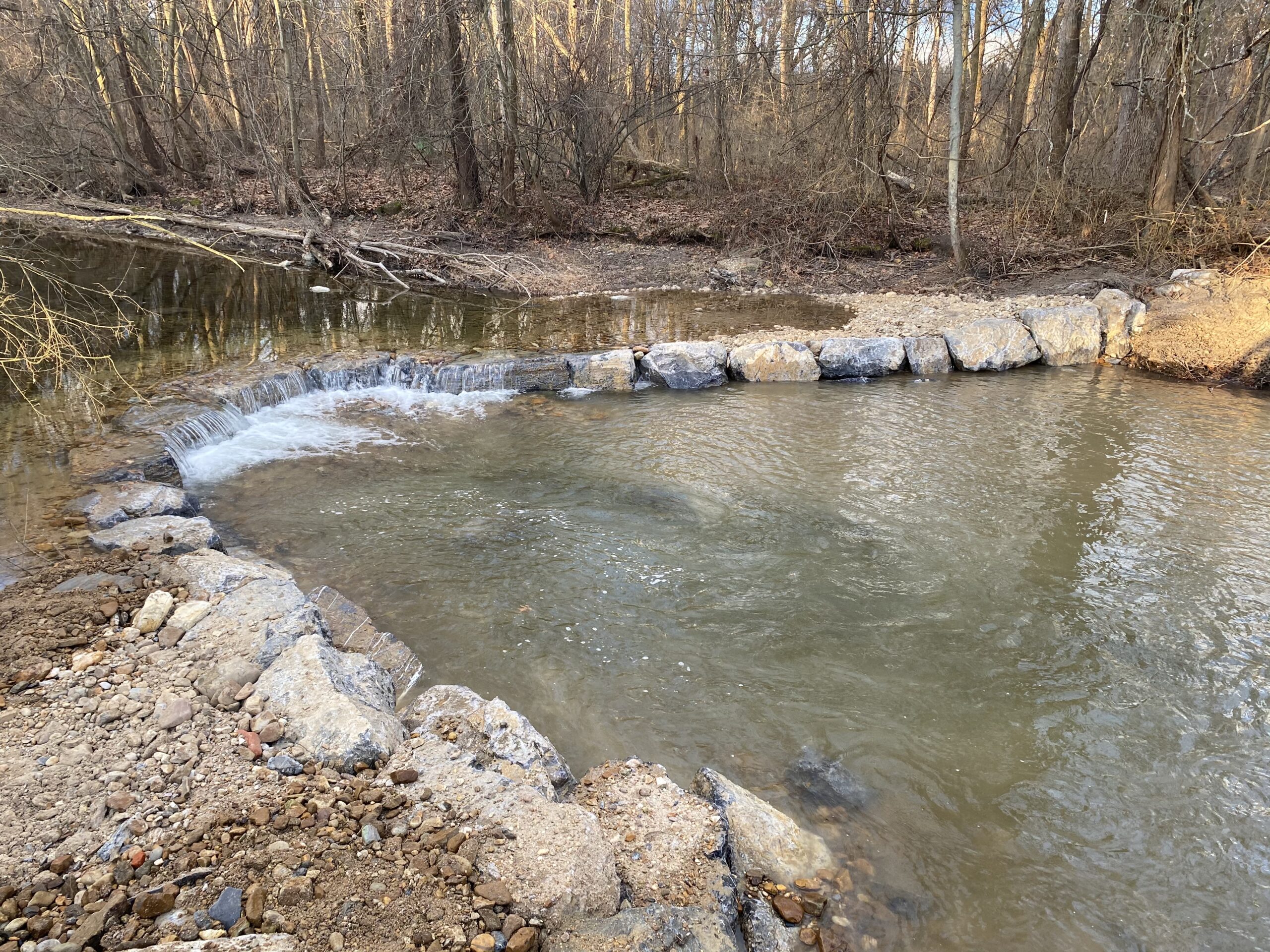Dam removal and aquatic habitat enhancement are crucial for maintaining ecological balance and improving the health of aquatic ecosystems. Dam removal projects restore streams to natural free-flowing conditions and allow unobstructed passage for aquatic organisms. Removal of dams can reduce thermal discharges from former dam impoundments and restore natural bed load transport. These projects can restore natural stream functions, enhance fish habitats and promote increased biodiversity.
Dam Removal and Aquatic Habitat Enhancement

Restoring Streams and Rivers for Healthier Ecosystems
Dam removal and aquatic habitat enhancement are crucial for maintaining ecological balance and improving the health of aquatic ecosystems. Dam removal projects restore streams to natural free-flowing conditions and allow unobstructed passage for aquatic organisms. Removal of dams can reduce thermal discharges from former dam impoundments and restore natural bed load transport. These projects can restore natural stream functions, enhance fish habitats and promote increased biodiversity.

Why ECS for dam removal and aquatic habitat enhancement services
ECS has a multi-disciplinary team of fisheries biologists, fluvial geomorphologists, engineers and restoration scientists who are experts in designing and enhancing stream channels through former dam impoundments and other degraded streams. By utilizing a variety of habitat structures, ECS designs streams for all life stages of fish and other important aquatic organisms.
With a comprehensive approach, ECS addresses the complexity of dam removal projects, achieving ecological restoration and compliance with regulatory requirements.
Examples of ECS’ dam removal and aquatic habitat enhancement projects include:
- Scotland Pond Dam removal, Greene Township, PA
- Patton Dam removal, Patton, PA
- Nolde Dam removal, Reading, PA
- Ashford Woods Dam removal, Clarksburg, MD
- Sgobbo Dam removal, Chestnut Ridge, NY
- Upper Dam removal, Easton, PA
- Stump Pond Dam removal, New Milford, PA
- Tamaqua Desilting Basin Dam removal, Tamaqua, PA
Dam removal planning and permitting
Successful dam removal requires meticulous planning and obtaining necessary state, federal and local permits. ECS navigates the regulatory landscape to remain compliant and streamline project execution.
- Grant writing for dam removal funding
- Topographic and bathymetric surveys
- Sediment testing and aquatic risk analysis
- State, federal and local coordination and permitting
Dam removal design
Designing effective dam removal strategies involves a comprehensive understanding of stream dynamics. ECS provides tailored solutions to restore natural water flow and aquatic habitats.
- Hydrologic and hydraulic modeling
- Sediment management plans
- Erosion and sediment control plans
Habitat assessment and enhancement
Improving habitats is important for maintaining healthy fish populations. ECS assesses and designs habitats that cater to various life stages of fish and other important aquatic organisms.
- Fish passage improvements
- Fish habitat assessment and design
- Invasive species management and planting plans
- Pond and lake restoration
- Construction monitoring
Why ECS for dam removal and aquatic habitat enhancement services
ECS has a multi-disciplinary team of fisheries biologists, fluvial geomorphologists, engineers and restoration scientists who are experts in designing and enhancing stream channels through former dam impoundments and other degraded streams. By utilizing a variety of habitat structures, ECS designs streams for all life stages of fish and other important aquatic organisms.
With a comprehensive approach, ECS addresses the complexity of dam removal projects, achieving ecological restoration and compliance with regulatory requirements.
Examples of ECS’ dam removal and aquatic habitat enhancement projects include:
- Scotland Pond Dam removal, Greene Township, PA
- Patton Dam removal, Patton, PA
- Nolde Dam removal, Reading, PA
- Ashford Woods Dam removal, Clarksburg, MD
- Sgobbo Dam removal, Chestnut Ridge, NY
- Upper Dam removal, Easton, PA
- Stump Pond Dam removal, New Milford, PA
- Tamaqua Desilting Basin Dam removal, Tamaqua, PA
Dam removal planning and permitting
Successful dam removal requires meticulous planning and obtaining necessary state, federal and local permits. ECS navigates the regulatory landscape to remain compliant and streamline project execution.
- Grant writing for dam removal funding
- Topographic and bathymetric surveys
- Sediment testing and aquatic risk analysis
- State, federal and local coordination and permitting
Dam removal design
Designing effective dam removal strategies involves a comprehensive understanding of stream dynamics. ECS provides tailored solutions to restore natural water flow and aquatic habitats.
- Hydrologic and hydraulic modeling
- Sediment management plans
- Erosion and sediment control plans
Habitat assessment and enhancement
Improving habitats is important for maintaining healthy fish populations. ECS assesses and designs habitats that cater to various life stages of fish and other important aquatic organisms.
- Fish passage improvements
- Fish habitat assessment and design
- Invasive species management and planting plans
- Pond and lake restoration
- Construction monitoring

